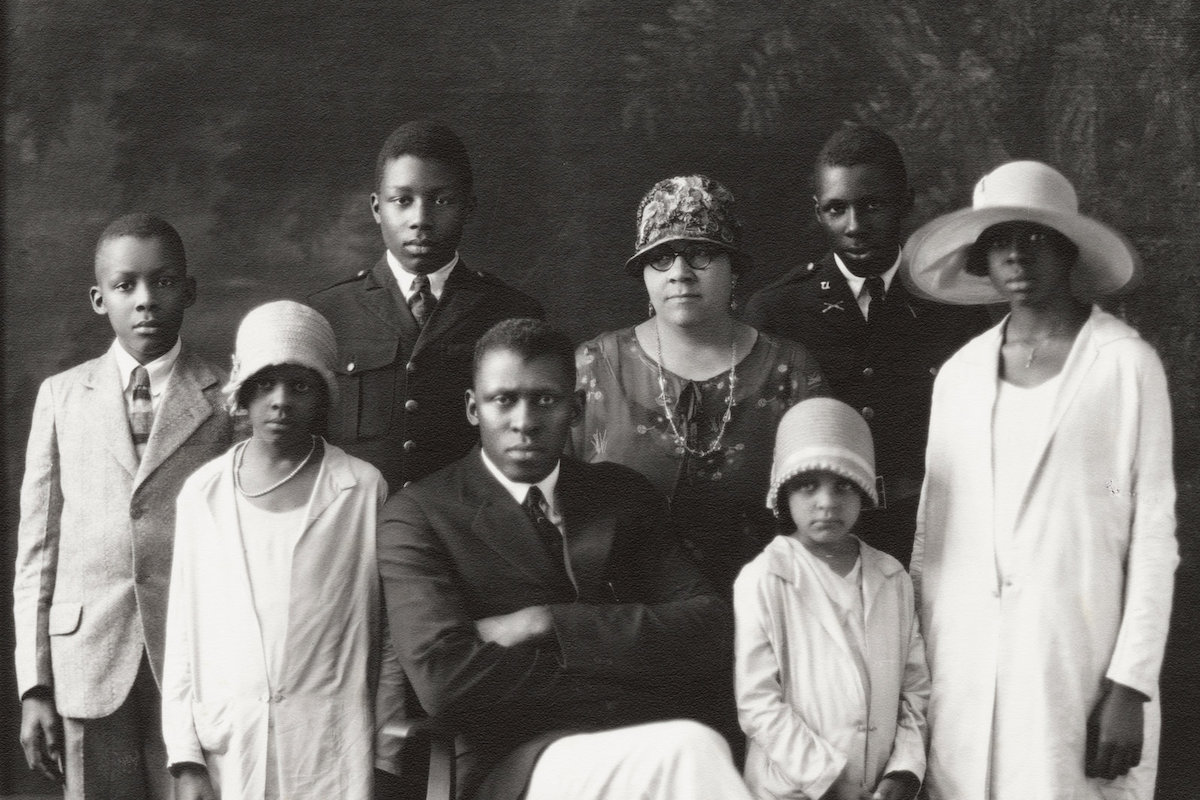By Rena Silverman, The New York Times
A recent smartphone ad shows two women looking at a photo of their children. “Did you bokeh my child?” one asks, referring to the blurred background photographers often use in portraits. Nervous but not terribly contrite, the second woman scrambles to adjust the depth of field. “See? Bokeh; unbokeh,” she says, sliding the “f-stop” back and forth. The advertisement is for depth control, a feature of portrait mode that lets some smartphones make portraits with shallow focus and fuzzy backgrounds.

But a new exhibit at the International Center of Photography shows that bokeh is hardly a good portrait’s greatest asset. The ad implies that anyone with the right smartphone can make a quality portrait, rendering a visit to a local photo studio obsolete. But, as is evident in the exhibit “Your Mirror: Portraits from the I.C.P. Collection,” there is a common motivation.
“Part of this was looking at how people have presented themselves and represented other people, throughout the history of photography,” said Erin Barnett, director of exhibitions and collections at ICP, who curated the show along with Claartje van Dijk. “Before the 19th century, only if you were rich and famous could you be painted. Then, thanks to photography, all different kinds of people could be photographed and represented, sometimes in ways they wanted to be represented, if you commissioned a photographer, but also sometimes in ways that they did not want to be represented”
Featured Image, CreditP. H. Polk/Tuskegee University Archives, courtesy of the International Center of Photography
Full article @ The New York Times


You must be logged in to post a comment.